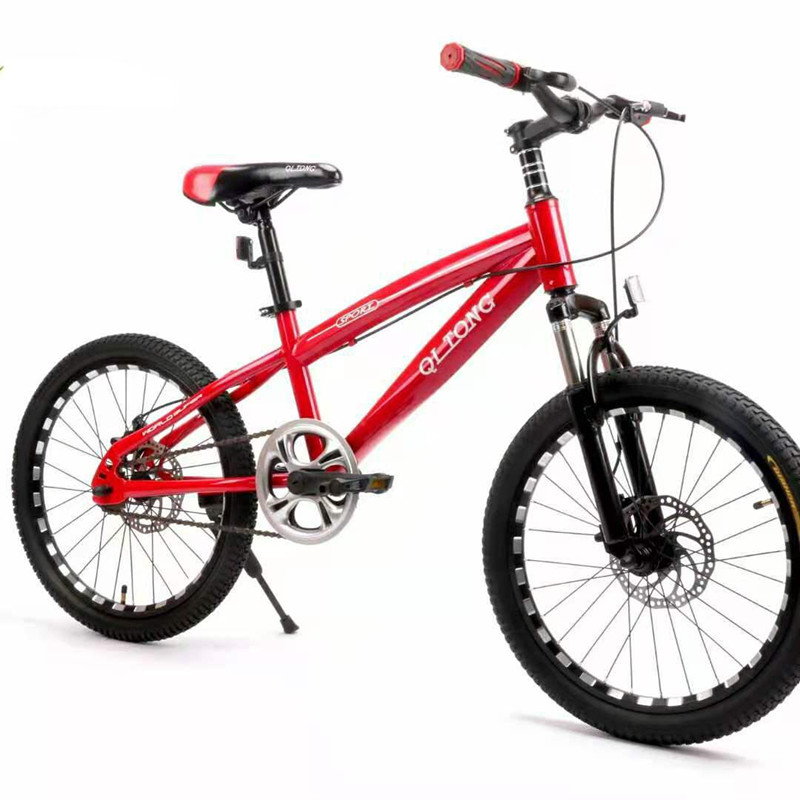Aug . 12, 2024 00:02 Back to list
Choosing the Perfect Tricycle for Your Child's Age and Developmental Stage
Choosing the Right Tricycle for Kids A Guide to Age and Safety
Tricycles are an excellent way for young children to develop their motor skills, balance, and confidence. While they offer endless fun, it's essential for parents to choose the right tricycle according to their child's age and developmental stage. This guide outlines the different types of tricycles available and what considerations to make based on age.
Age Recommendations
1. Toddlers (1-3 years) For children aged 1 to 3, it's essential to choose a tricycle that is designed specifically for their developmental needs. Tricycles for this age group typically come with parental controls, allowing parents to push their child while they learn to pedal. Look for models with a safety harness to keep little ones secure. The wheels should be wide and sturdy, ensuring stability and safety during the riding experience.
2. Preschoolers (3-5 years) As children become more independent, tricycles designed for preschoolers generally cater to those who are ready to pedal on their own. These tricycles are often more lightweight and easier for children to maneuver. At this stage, children develop better coordination and balance, so it's a good idea to opt for a model that encourages these skills. Look for adjustable seats that can grow with your child and sturdy construction for long-lasting play.
3. Older Kids (5-7 years) For kids aged 5 and up, you may consider transitioning to more advanced tricycles or even balance bikes that cater to their growing skills. At this age, children are generally more adventurous and may appreciate tricycles designed for speed and performance. Features like larger wheels for better traction and chrome frames for durability are worth considering. Just remember to ensure that any tricycle you select is appropriate in size to avoid falls or injuries.
age for kids tricycle

Safety Considerations
Regardless of the child's age, safety should always be a top priority when selecting a tricycle. Here are some critical safety factors to keep in mind
- Helmets Always ensure your child wears a helmet while riding. Helmets can significantly reduce the risk of head injuries. - Stability A tricycle with a low center of gravity will be less likely to tip over. Check the wheelbase; wider bases generally offer more stability. - Brakes As children become more adept at riding, having a reliable braking system is essential. Hand brakes are great for older, more confident riders, while foot brakes may be suitable for younger children. - Materials Ensure that the tricycle is made from high-quality, non-toxic materials. Look for models that are free from sharp edges or small parts that could pose a choking hazard.
Conclusion
Choosing the right tricycle for your child involves careful consideration of their age, size, and developmental ability. From the first ride for a toddler to a more independent ride for preschoolers and older kids, there is a tricycle suited to each stage of growth. Always prioritize safety, and encourage outdoor play, helping children develop essential skills while enjoying a sense of freedom and adventure. With the right tricycle, not only will your child have fun, but they'll also be developing vital skills they'll carry with them into their cycling years. Happy riding!
-
Wooden Tricycles for Kids: Classic Design & Durable Fun
NewsAug.19,2025
-
Aluminum Alloy Outdoor Running Bike for Kids-Hebei Gorgeous Bike Co., Ltd.|Durable Lightweight Design&Balance Training System
NewsAug.18,2025
-
Wholesale Aluminum Alloy Bike for Kids - Hebei Gorgeous Bike | Durable, Lightweight, Safe
NewsAug.18,2025
-
Classic Wooden Tricycle for Kids: Safe, Sturdy & Two-Seater Options
NewsAug.18,2025
-
Aluminum Alloy Balance Bike-Hebei Gorgeous Bike Co., Ltd.|Durable Kids Tricycles&Wholesale
NewsAug.17,2025
-
Aluminum Alloy Kids Bike-Hebei Gorgeous Bike|Safety,Durability
NewsAug.17,2025
